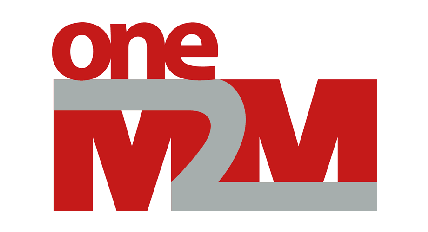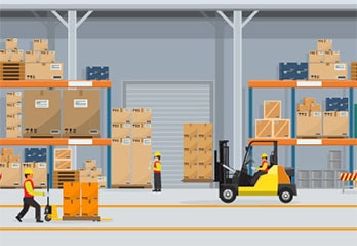oneM2M, the global standards initiative for M2M and IoT technologies of which ETSI is a founding member, is thrilled to announce that its standard has been adopted at a national level in India to develop the 100 smart cities plan of the country.
The standard, developed by a joint global collaborative effort, has already been transposed in India by the Telecommunications Standards Development Society, India (TSDSI). The national adoption of the TSDSI transposition of oneM2M standard highlights the importance of collaboration, testing and certification in the development of IoT devices and software and it will also propel India in the global Internet of Things (IoT) market.
“We are pleased to announce the adoption of TSDSI transposition of oneM2M global standards as national standards for the IoT/M2M ecosystem in India. We have completed this adoption process after following an exhaustive process of consultation as well as critical analysis by a Consultative Committee,” said Sh. Udai K. Srivastava, Senior DDG at TEC. “IoT/M2M will play a significant role in the expansion of the digitally connected society and the realisation of the Smart City Mission program in India.”
Developed by ETSI in the 90’s, the DECTTM standard (Digital Enhanced Cordless Telecommunications) is implemented in more than a billion short-range communication devices around the world. The technology is now taking a giant step forward with a new set of DECT-2020 New Radio (NR) standards: the ETSI TS 103 636 series defines an advanced radio interface applying modern radio technologies.
It is designed to provide a slim but powerful technology foundation for wireless applications deployed in various use cases and markets. DECT-2020 NR was developed to support broad and diverse wireless IoT applications requiring both ultra-reliable and low-latency communication needed in voice and industrial applications. It also supports massive machine-type communication with millions of devices in a network required in use cases such as logistics and asset tracking, industry 4.0 and building automation as well as condition monitoring.







